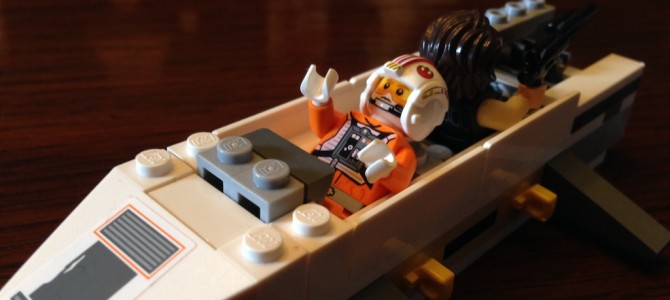Author’s Note: On the recommendation of top financial journalists, I recently read a New York magazine story about a 17-year-old high school kid who made $72 million trading stocks on his lunch break. Turns out none of it was true. It was just a joke between friends that turned into a rumor and then into a hoax and then into an utterly credulous report in a major mainstream magazine.
Following up on Jackie’s catfished University of Virginia gang rape story, the pattern seems pretty clear: high school and college kids can now just make something up, and mainstream reporters will pass it along without any attempt at fact-checking.
I am totally excited about the limitless opportunities in this new era of narrative journalism. I’ve done a little digging of my own and have a blockbuster story that I have thoroughly reported—well, thoroughly enough. I’ve sent it off to New York magazine and Rolling Stone and other big mainstream media publications and expect them to snap it up right away, but in the meantime, I wanted to share it with readers of The Federalist.—RWT
A plucky seven-year-old in Virginia has become the first child to travel into space, slipping the surly bonds of Earth in a homemade spacecraft in search of intergalactic adventure.
I spoke to Walter Tracinski in the kitchen of his parents’ home near Charlottesville, which also serves as a makeshift laboratory and spaceship production center.
Walter described in detail how, with his younger brother as co-pilot, he blasted off in his spaceship and passed Jupiter before engaging what he called a “hyperdrive” and “making the jump to light speed.”
In his travels, he describes meeting up with an alien creature identified only as “Chewbacca” and engaging in a complex laser battle with an “imperial star cruiser,” the details of which were rattled off so quickly that I had a hard time following them. Judging from Walter’s level of excitement, it is clear that something did in fact happen, even if the details are a little unclear.
This reporter has not seen Walter’s actual spacecraft but was shown a detailed model constructed out of Legos.
This story raises some important questions. If it is true, the development of a “hyperdrive” is a breakthrough that challenges the accepted scientific notion that it is impossible to exceed the speed of light. Walter’s discovery of extraterrestrial life would also dramatically alter man’s conception of his role in the cosmos. And it is not clear how a seven-year-old acquired the expertise and resources to build a spaceship, although Walter made it clear that he has watched “Star Wars” “a whole lot.”
Experts agree it is very important for children to be reassured that adults are listening to their stories and believe in them, rather than traumatizing them with harsh cross-examination. And these questions should not be allowed to obscure the larger truth about a child’s potential for creativity, innovation, and manned spaceflight. If this story inspires just one other kid to tinker around in his playroom, it will be worth it.
Besides, if the story turns out not to be true, no big deal. I’ll just re-report it.
Follow Robert on Twitter.









